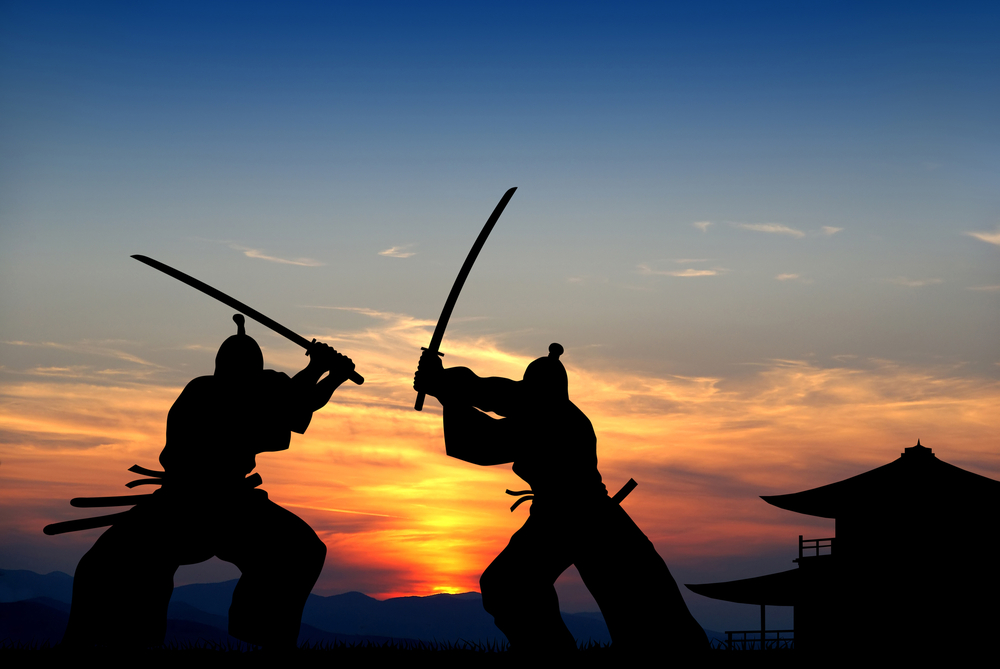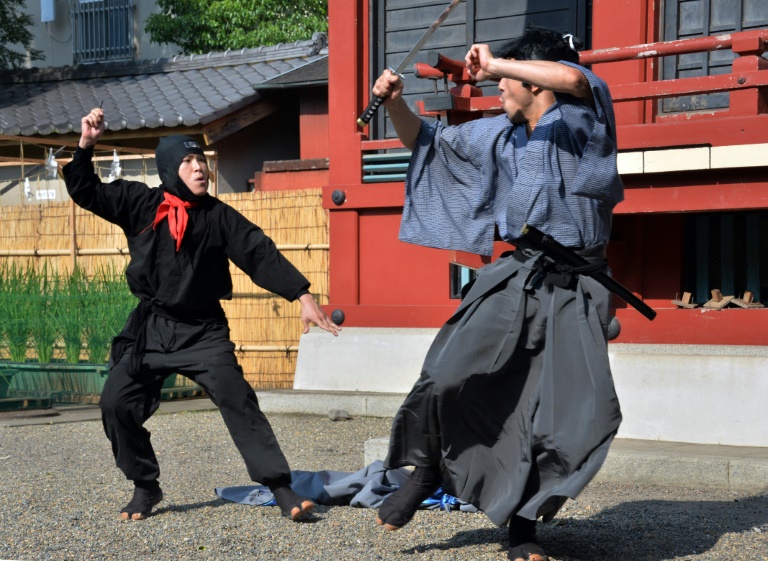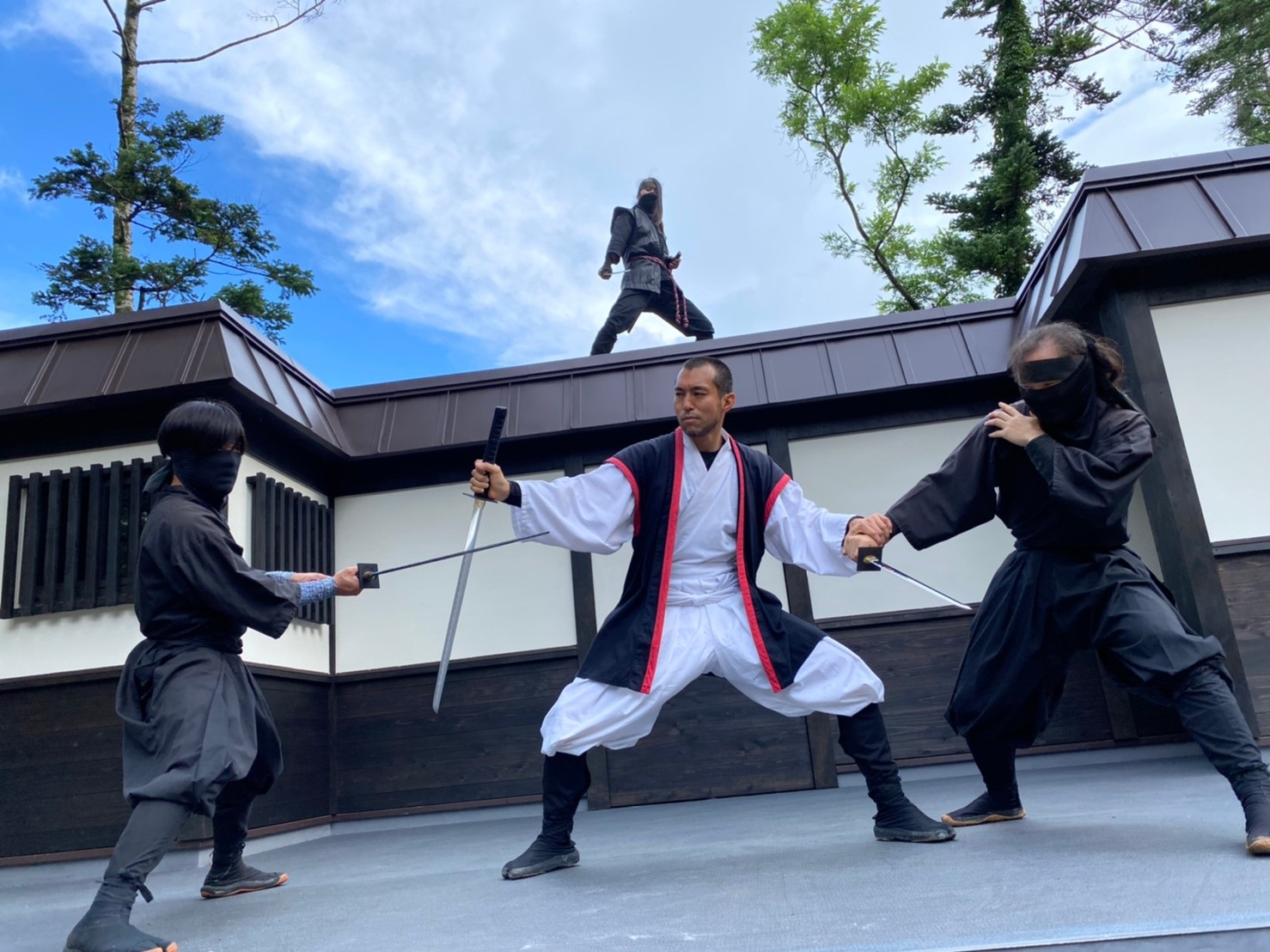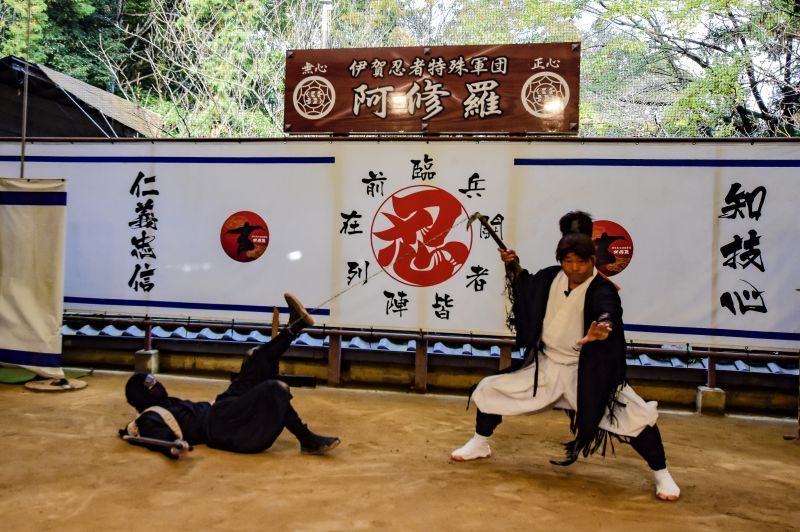Samurai and Ninja Experiences

Samurai and Ninja in Japan
Samurai and Ninja are iconic figures in Japanese history and culture, representing the warrior traditions of ancient Japan. Whether it's the disciplined honor of the Samurai or the stealthy prowess of the Ninja, exploring their cultures offers a unique glimpse into Japan's rich heritage of martial traditions and the enduring fascination with these legendary warriors.
The Samurai were a class of highly skilled and noble warriors who served as the military nobility in feudal Japan. The origins of the samurai class can be traced back to the Heian period (794-1185) in Japan, but it was during the Kamakura period (1185-1333) and Muromachi period (1336-1573) that they really came to prominence.
They adhered to a strict code of conduct called Bushido, emphasizing honor, loyalty, and self-discipline. Samurai were trained in various martial arts, including swordsmanship (kenjutsu), archery (kyujutsu), and horseback riding. They played a significant role in shaping Japan's history and were known for their distinctive armor, katana swords, and intricate fighting techniques.
Although the samurai have disappeared in modern times, their culture and values are still reflected in Japanese society, and the spirit of Bushido and martial arts skills are still passed down in traditional sports such as Kendo and Kundo. Samurai images also appear extensively in culture, film and literature, becoming part of world culture.

Ninja, also known as shinobi, were covert agents and spies who operated in the shadows during feudal Japan. They specialized in espionage, sabotage, and guerrilla warfare. Ninja were skilled in stealth, disguise, and unconventional warfare tactics. They had expertise in various arts, such as ninjutsu (the art of stealth and espionage), shurikenjutsu (throwing weapons), and taijutsu (unarmed combat). The ninja's legendary abilities and secretive nature have made them popular figures in folklore and modern media.
Although ninjas no longer exist in history, their traditions and images are still alive in Japan and around the world, becoming an important element in media such as movies, anime, literature, and games. The image of the ninja, beloved for its mystery and special skills, has become a unique cultural symbol.
Where for Samurai & Ninja souvenirs, experiences and shows in Japan
Both the Samurai and Ninja continue to captivate people's imaginations worldwide. In Japan, you can explore their cultures through various experiences and attractions.
1. Ninja Akasaka Museum in Tokyo
Located in Akasaka, Minato-ku, Tokyo, Japan, the Ninja Takenosato Museum is a museum dedicated to displaying and introducing the history and culture of ninjas. It is a tourist attraction suitable for the whole family. The museum displays various ninja-related exhibits, including ninja costumes, weapons, and tools, such as shurikens, smoke bombs, blow darts, etc. The museum also offers interactive experiences that allow visitors to experience ninja skills first-hand, such as trying on ninja costumes, learning shuriken-throwing techniques, and learning about stealth and hiding methods. The museum not only hosts regular ninja performances, but also offers opportunities to learn about ninja history and skills, including lectures and educational programs. Visitors can also find ninja-related memorabilia in the museum, such as books, toys, clothing and weapon models.
2. Samurai and Ninja Museum Tokyo
In the museum, visitors can see various weapons, armor, tools, and artifacts used by these historical figures. One of the unique aspects of this museum is the opportunity for visitors to participate in interactive experiences. Guests can dress up in samurai or ninja attire, handle replica weapons, and even try their hand at traditional martial arts moves. There is typically a museum shop where visitors can purchase various samurai and ninja-themed souvenirs, including clothing, weapons, and accessories.
3. SAMURAI've in Tokyo
SAMURAI've is a lecture course for beginners given by professionals who teach Japanese actors how to use Japanese swords. At SAMURAI've, you first learn basic samurai etiquette and how to wear a samurai kimono. Then, you will learn how to use Japanese swords and put on a real show.
4. Nikko Edo Wonderland
It’s a popular historical theme park. It reproduces Japanese urban life in the Edo period from 1603 to 1868, which was characterized by samurai, geisha, traditional architecture, and the lifestyle of that era. In the village,The park's staff, including actors and performers, are dressed in Edo-era clothing and play various roles, such as samurai, merchants, geisha, and ninja. Edo Wonderland offers a wide range of entertainment options, including traditional Japanese theater performances like kabuki and ninja shows. You can also enjoy street performances, games, and activities. There are shops in the park where you can purchase souvenirs, including traditional crafts, clothing, and toys.
Recommended tour package with Nikko Edo Wonderland:
5 days Japan Edo culture tour package
5. Kawaguchiko Ninja Village
Located in the Lake Kawaguchi area of Yamanashi Prefecture, Lake Kawaguchi Ninja Village is a ninja-themed park that showcases ninja culture and history to visitors by replicating traditional Japanese villages, architecture, and activities. Visitors can participate in a variety of ninja-related interactive activities, including learning ninja skills such as shuriken throwing, invisibility, and experiencing simulated ninja training. Visitors can also visit the ninja workshop and the souvenir shop to buy souvenirs, and watch ninja performances.
6. Samurai Kembu Theater in Kyoto
Kembu is a performance art that combines elements of swordplay, dance, and poetry recitation and was historically practiced by samurai to improve their discipline and coordination. The theater provides live Kembu performances, some of which allow audience members to participate. The performers may explain the significance of various movements and the poetry recited during the performance.
7. Namba Ninja Museum in Osaka
The museum displays various exhibits related to ninjas, including ninja costumes, weapons, tools and artifacts. Like other Ninja museums, it offers ninja shows and a variety of interactive experiences, including learning how to use shurikens, stealth techniques and other ninja skills. There are some souvenir shops and workshops that allow visitors to participate in craft activities such as making shurikens or ninja masks.
8. Nara Ninja Village
Nara Ninja Village is a ninja-themed theme park that simulates a traditional Japanese village, including the architecture, landscape, and village atmosphere. It offers visitors a variety of interactive experiences, such as learning ninja skills, including shuriken throwing, stealth techniques, ninja martial arts, and methods of sneaking and hiding. Nara Ninja Village usually hosts ninja performances and has a ninja training dojo where visitors can learn ninja skills.

9. Iga-ryu Ninja Museum
Iga-ryu was once the largest ninja school in Japan and many true ninjas came from this remote area of Japan and were trained here, learning various tasks such as espionage and assassination. So it’s the birthplace of ninja. In Iga-ryu Ninja Museum, you can visit the house where the Iga-ryu ninja family once lived. There are all kinds of jaw-dropping secrets in the Ninja House: traps, fake walkways, hidden weapons, escape routes, and more. After that, you can join the Ninja experience. There are performances on most Saturdays and Sundays, with only a few performances on weekdays.
10. Koka Ninja Village
Koga Ninja Village and Iga Ninja Museum are not very far apart, and you can visit both places in one day. In this village, you can explore the legendary training schedule of the Koka Ninja Troops in a fun way. There are several buildings here where staff demonstrate ninja training techniques and tools as well as ninja fighting techniques. You can rent ninja costumes, learn how to climb stone walls, walk on water using "water spider" techniques, and practice throwing darts to hit targets. You'll also see stealth features installed in the house, such as traps and secret passages.


